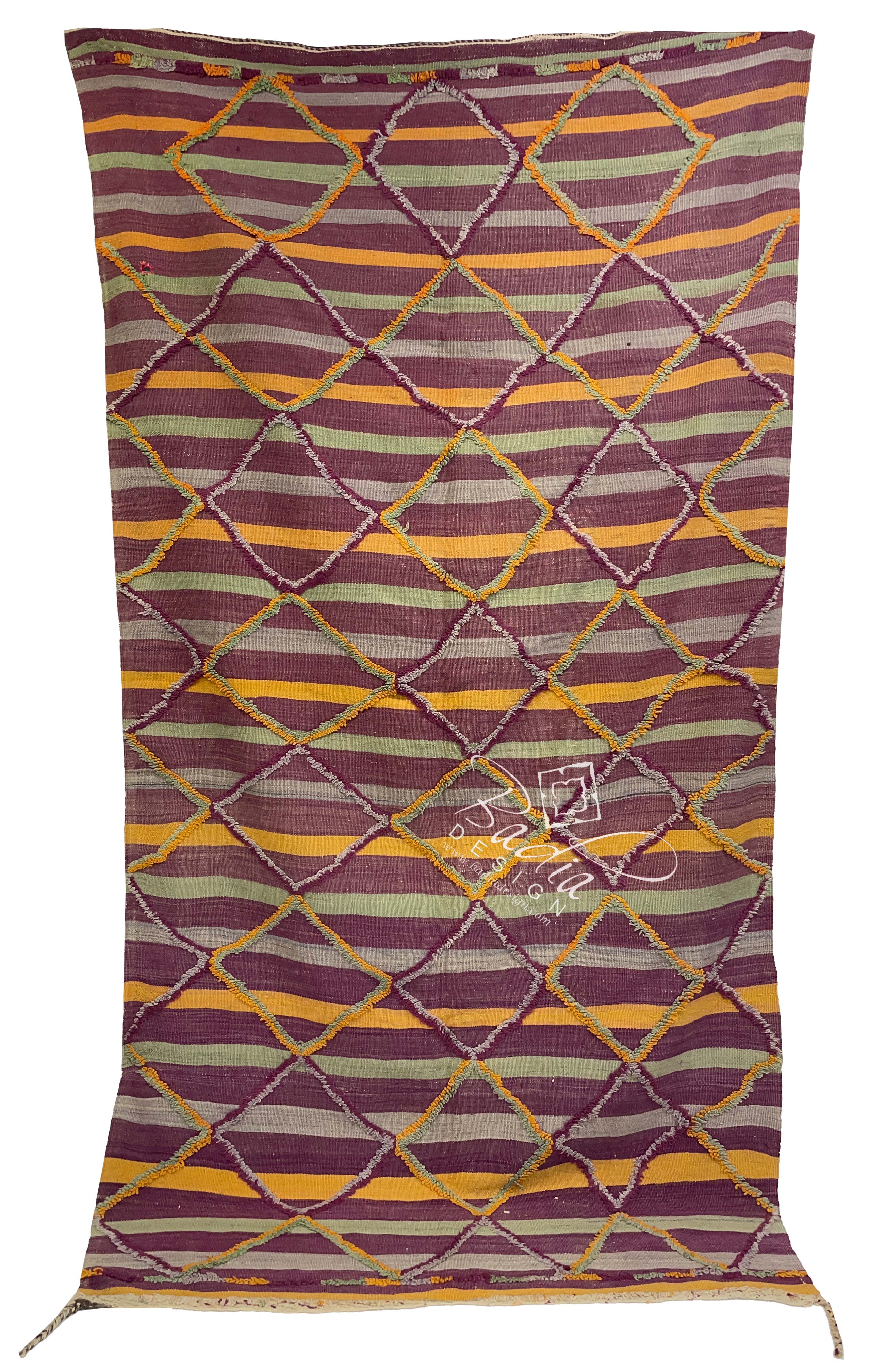Moroccan Berber Area Rugs
Moroccan Berber Area Rugs
Blog Article
Moroccan Berber Rugs: A Fusion of History, Artistry, and Timeless Elegance
These rugs have enchanted people across the globe with their deep cultural roots, intricate craftsmanship, and versatile aesthetics. These rugs can enhance any space, from a welcoming lounge to an elegant hotel suite. This guide delves into the rich origins of Moroccan Berber rugs, the detailed artistry involved in their production, their renowned durability, and practical tips for styling them in modern spaces.
The origins of Moroccan Berber rugs can be traced back thousands of years to the indigenous communities of North Africa. These indigenous groups, with their rich cultural heritage, crafted unique weaving methods to meet the demands of their nomadic lifestyles and varied environmental conditions.
Each Berber rug tells a story, often expressed through patterns and designs that reflect the heritage of its creators. Motifs often symbolize themes like protection, nature, or fertility, giving each rug a profound heritage. Historically, these rugs were made for practical use, offering warmth in the cold Atlas Mountains or serving as bedding in arid environments.
In the mid-20th century, Moroccan Berber rugs gained international acclaim when prominent designers like Le Corbusier and Frank Lloyd Wright began incorporating them into their architectural masterpieces. Today, their enduring charm and cultural richness make them a top pick for interior designers and art enthusiasts worldwide.
The production of Moroccan Berber rugs is an intricate process handed down through generations. It represents a harmonious fusion of ancestral knowledge and artistic skill.
Berber rugs are typically crafted from eco-friendly fibers such as pure wool, camel hair, or even cotton. Wool stands out for being soft, strong, as well as for its thermal qualities. The wool is usually spun by hand, resulting in a one-of-a-kind finish.
Weaving these rugs is a time-intensive process, requiring weeks or months on handcrafted weaving tools. The knotting style, from Beni Ourain’s casual elegance to Azilal’s tighter weaves, impacts both durability and design.
Natural dyes derived from plants, minerals, and insects are used to create the bold hues found in many Berber rugs. Earthy tones such as beige, cream, and brown are common in Beni Ourain rugs, while Azilal and Boucherouite rugs showcase bolder colors like reds, blues, and yellows.
One of the key features of Moroccan Berber rugs is their exceptional durability. This makes them a practical investment for both homes and businesses.
The use of high-quality natural fibers ensures that Berber rugs hold up over years of use. Wool’s natural flexibility and resistance to stains make it a ideal choice for lasting rugs.
Taking care of these rugs is straightforward. Regular vacuuming, spot cleaning with mild detergent, and occasional professional cleaning will keep them looking pristine for years.
Tips for Styling Moroccan Berber Rugs in Modern Homes
Incorporating Moroccan Berber rugs into contemporary interiors is easier than you might think. These rugs' adaptability allows them to suit various aesthetics, including minimalist and bohemian styles.
1. Anchor a Living Room
A large Beni Ourain rug can serve as the focal point of your living area. Its neutral colors and simple geometric patterns can tie together various design elements while adding a sense of warmth and comfort.
2. Introduce Vibrancy to Minimalist Rooms
If your space leans toward a monochromatic or minimalist aesthetic, a vibrant Azilal or Boucherouite rug can introduce a pop of color and visual interest. They are ideal for subdued settings, acting as the central highlight.
3. Combine Rugs for Depth and Style
For a cozy, eclectic vibe, layer a smaller Berber rug over a larger natural-fiber rug, such as jute or sisal. This pairing enhances texture and emphasizes the unique patterns of the Berber rug.
4. Elevate the Look of Offices and Workspaces
Moroccan Berber rugs are perfect for adding elegance and warmth to professional spaces, including offices and lounges. Their handmade quality conveys a sense of luxury and authenticity.
5. Display Moroccan Berber Rugs as Decorative Art
Certain Moroccan Berber rugs are so beautiful that they function wonderfully as wall art. Hanging a rug on the wall can add a unique touch to your home or business, showcasing the craftsmanship and cultural heritage of the piece.
Reasons to Invest in Moroccan Berber Rugs
For both homeowners and businesses, more info Moroccan Berber rugs represent a blend of practicality, aesthetics, and cultural significance. Their durability ensures a long lifespan, while their timeless designs can adapt to changing trends and tastes.
Sustainability in Moroccan Berber Rugs
Berber rugs are often made with environmentally responsible and sustainable techniques. By investing in these rugs, you’re not only enhancing your space but also supporting traditional artisans and their communities.
Why Berber Rugs Gain Value Over Time
Vintage or unique Moroccan Berber rugs tend to grow in worth over the years. They are both functional decor and collectible assets.
 Report this page
Report this page